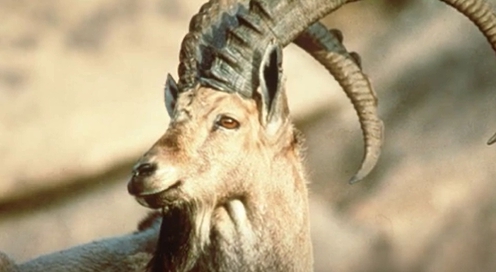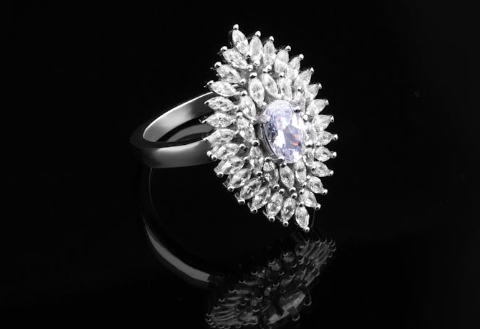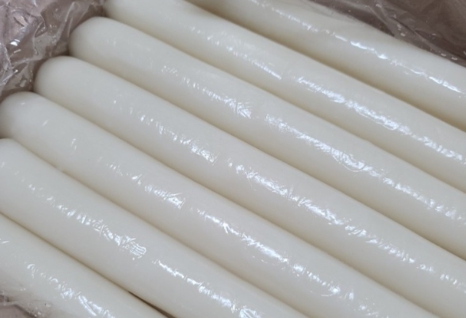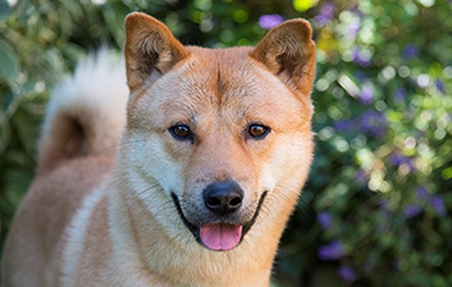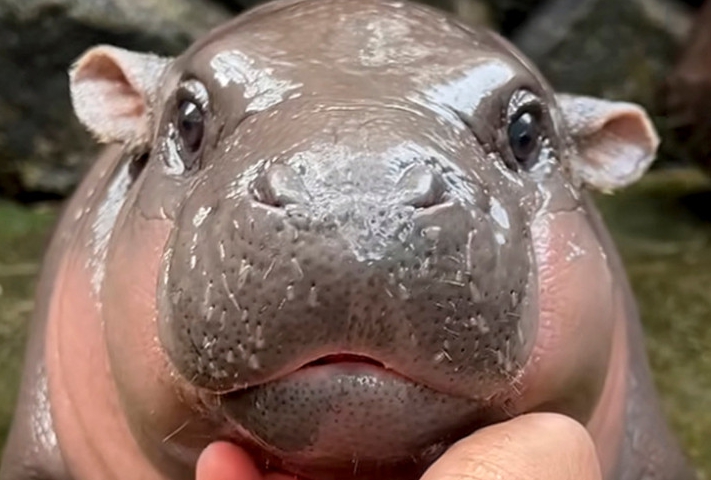드래곤을 닮은 새와 곤충
큰귀쏙독새 Great eared nightjar : The Dragon Bird
The great eared nightjar looks like a baby dragon
Unique, feline-looking nightjar. Distinct ears and frequently erect posture distinguish it from many other nightjars. Noticeably long-tailed in flight. Inhabits forests, forest edges, and fields and plains with some tree cover. Gives a loud “bee-AHWEE!”
독특하고 고양이처럼 생긴 쏙독새. 귀가 뚜렷하고 자주 직립하는 자세가 다른 많은 쏙독새와 구별됩니다. 비행 중에는 눈에 띄게 긴 꼬리를 가지고 있습니다. 숲과 숲 가장자리, 나무가 약간 있는 들판과 평원에 서식합니다. 큰 소리로 “bee-AHWEE!” 소리를 냅니다.
*feline-고양이같은
*erect-똑바로선
*distinguish-구별짓다, 차이를보이다
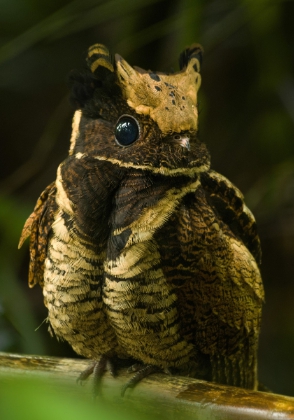
The motley patterns of grey, black, brown and chestnut that run through the great eared nightjar’s plumage help to keep it camouflaged on the forest floor, where it will incubate a single egg at a time.
큰귀 쏙독새의 깃털을 따라 흐르는 회색, 검은색, 갈색, 밤색의 다양한 무늬는 숲 바닥에서 위장하는 데 도움이 되며, 한 번에 하나의 알을 품습니다.
A tiny bird with a surprisingly big mouth, the great eared nightjar seems like something out of a fantasy book. It’s often compared to a baby dragon and looks like a cross between an owl, hawk, and some kind of alien.
놀라울 정도로 큰 입을 가진 작은 새인 큰귀쏙독새는 마치 판타지 소설에나 나올 법한 모습입니다. 아기 용에 비유되기도 하며 올빼미와 매, 외계인의 교배종처럼 생겼습니다.
Though this curious bird is very real, it’s definitely developed some impressive “superpowers” to help it survive in the wild. Elusive, nocturnal, and quick, the great eared nightjar is also a master of disguise.
이 별난 새는 실존하는 새이지만, 야생에서 살아남기 위해 인상적인 '초능력'을 발달시켰습니다. 눈에 잘 띄지 않고, 야행성이며 재빠른 큰귀쏙독새는 변장의 달인이기도 합니다.
*elusive- 찾기힘든
*nocturnal-야행성의
*disguise-변장
Unsurprisingly, the nightjar often flies at night — though it is also active during dawn and dusk — and has specialized eyes to help it see in the darkness.
당연히 쏙독새는 주로 밤에 날아다니지만 새벽과 해질녘에도 활동하며, 어둠 속에서도 볼 수 있도록 특수한 눈을 가지고 있습니다.
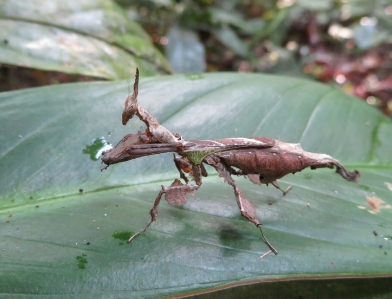
dragon mantis 드래곤 사마귀
Exquisitely camouflaged both in shape and behavior, the dragon mantis, with its leafy-looking appendages and slightly drunken swagger, resembles a swaying twig.
모양과 행동 모두 정교하게 위장한 드래곤 사마귀는 잎이 무성한 부속기관과 약간 취한 듯한 모습을 하고 있어 흔들리는 나뭇가지와 비슷합니다.
*appendages - 부속 기관(손·발 따위)
Its wings, unlike other mantids, are transparent enough to let sun rays pass through.
다른 사마귀와 달리 날개는 햇빛이 통과할 수 있을 만큼 투명합니다.
They are mostly gray-green in color, with distinctive bright yellow markings and a mottled body that changes from pale green to light brown.
대부분 회녹색을 띠며, 뚜렷한 밝은 노란색 표시와 옅은 녹색에서 연한 갈색으로 변하는 얼룩덜룩한 몸통이 있습니다.
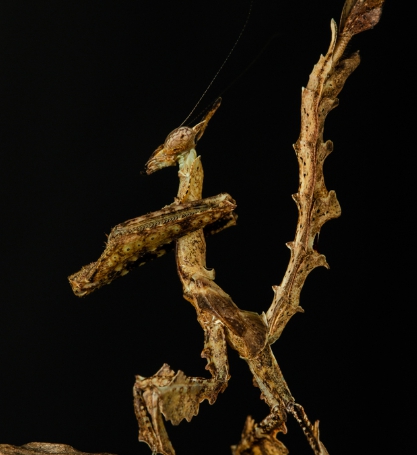
They also have powerful forelegs that are serrated and end in a pincer-like shape, which they use to grab and hold onto prey.
또한 톱니 모양으로 끝이 집게처럼 생긴 강력한 앞다리를 가지고 있어 먹이를 잡거나 붙잡을 때 사용합니다.
*serrate-톱니모양의
It can also extend its rear legs to make itself look larger, as a defense mechanism against predators.
또한 포식자에 대한 방어 메커니즘으로 뒷다리를 뻗어 몸을 더 크게 보이게 할 수도 있습니다.
Dragon Mantises help to maintain a balanced and healthy environment for other tank species by providing natural pest control, as they are voracious predators that can eliminate insect pests such as mites, fruit flies, and aphids.
드래곤 사마귀는 진드기, 초파리, 진딧물과 같은 해충을 제거하는 포식자이기 때문에 자연적인 해충 방제를 제공하여 다른 종의 균형 있고 정상적인 환경을 유지하는 데 도움이 됩니다.




